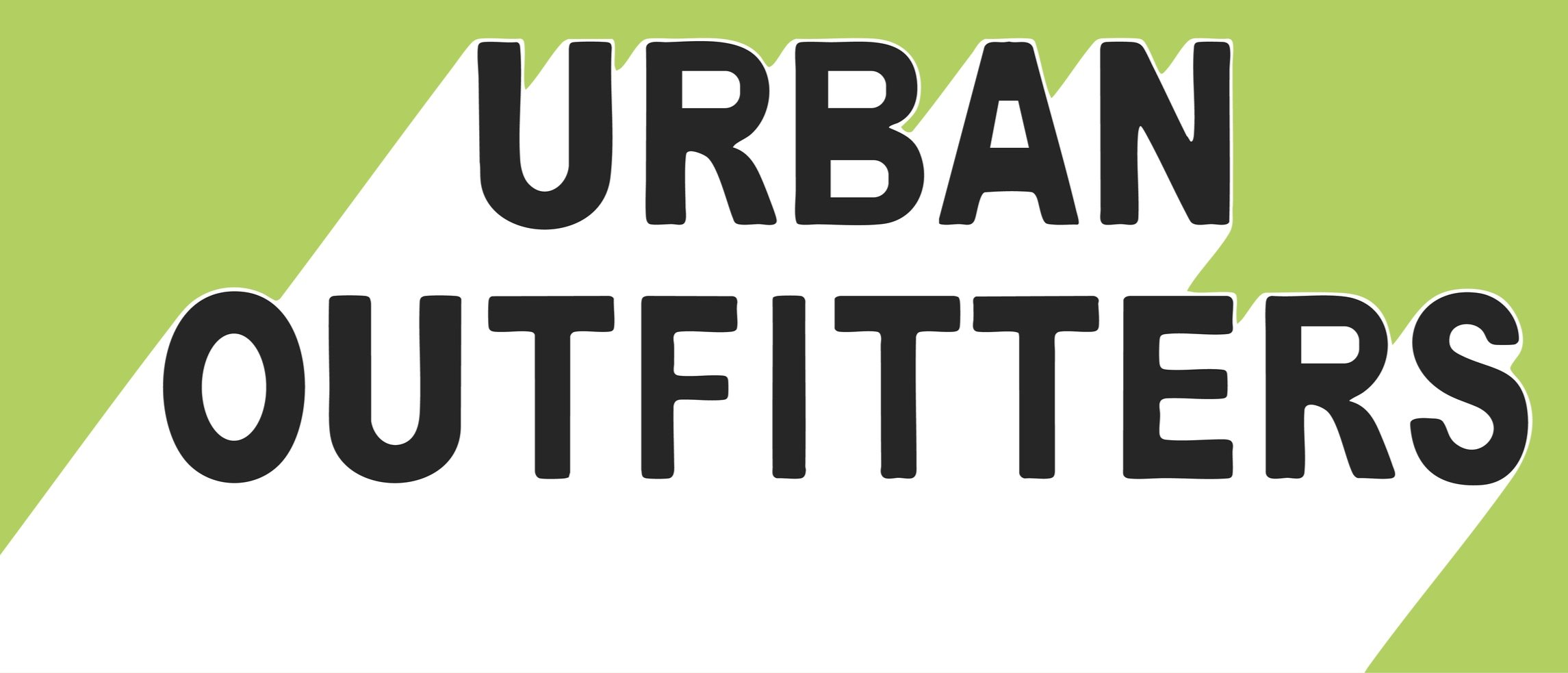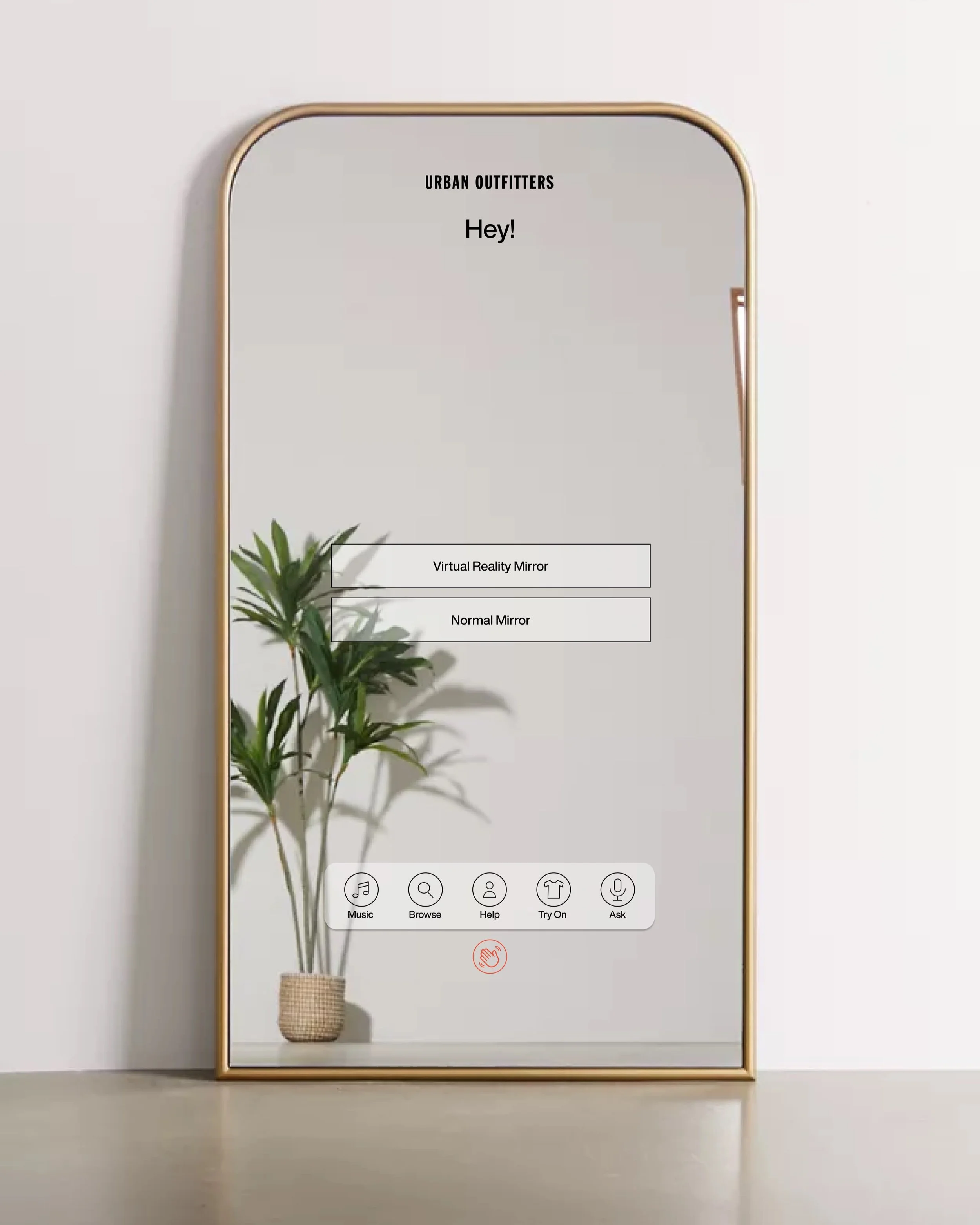SMART MIRROR
SMART MIRROR

PROJECT SUMMARY
Project
Student Project
Year
Type
UX / UI Design
2024
Tech
Figma, Photoshop
The objective of this project was to reimagine the retail experience at Urban Outfitters through the lens of Service Design. By identifying customer pain points and analyzing the existing service journey, we introduced a smart mirror solution aimed at enhancing dressing room interactions. We incorporated interactive features, streamlined decision-making, and improved overall convenience. We used research and user testing to present our findings in a final evaluation.

FUN FACTS
FUN FACTS
Urban Outfitters first opened in 1970 across the street from the University of Pennsylvania.
Urban Outfitters, Inc. (URBN) also includes Anthropologie, Free People, Terrain, Menus & Venues, and Nuuly.
Currently, there are over 200 UO stores across the U.S., Canada, and Europe.

RESEARCH
RESEARCH
Current Retail Trends
Current retail trends reflect a growing emphasis on convenience, personalization, and tech integration to enhance the customer experience. Services like Buy Online, Pick Up In Store (BOPIS) cater especially to busy consumers—such as parents—who may not have the time or flexibility for traditional shopping trips. In-store navigation tools and augmented reality (AR) features allow shoppers to “try before they buy” or locate items more efficiently, blending digital ease with physical browsing. Self-checkout innovations, like Uniqlo’s smart basket system, streamline the process by recognizing items without the need for manual scanning.
Shoppers are using their phones in-store to access product information, reviews, and price comparisons, making mobile apps a key touchpoint. Retailers are increasingly leveraging brand partnerships and trusted influencers to boost credibility and drive engagement. There's also a push to bring online shopping advantages into spaces, such as item recommendations, barcode scanning kiosks, and real-time inventory lookup. Personalized experiences, like furnishing dressing rooms with Urban Outfitters-style home decor, make the in-store visit feel curated and customer-focused.
Service Safari
A service safari is a research method used to observe and evaluate real-world customer experiences by immersing yourself in a service environment as a user. The goal is to identify strengths, pain points, and opportunities for improvement from the customer’s perspective. It often involves taking notes on things like signage, layout, staff interactions, wait times, and overall atmosphere. Service safaris are commonly used in UX, design, and service innovation to gather firsthand insights that inform better, more user-centered solutions.
Our visit lasted about 14 minutes, with no staff greeting us. Staff presence on the floor was minimal, with two at the register and one in the fitting room. Checkout was quick, and items near the register provided distractions while waiting. The fitting rooms, located mid-store and slightly hard to find, had no line and a minimal, industrial look that matched the store’s overall aesthetic—open HVAC ceilings, concrete floors, and light wood accents.

MOCKUPS
MOCKUPS

TESTING
TESTING
Difficulty to Use
Likeliness to Use
Likeliness to Buy
Likeliness to Shop



